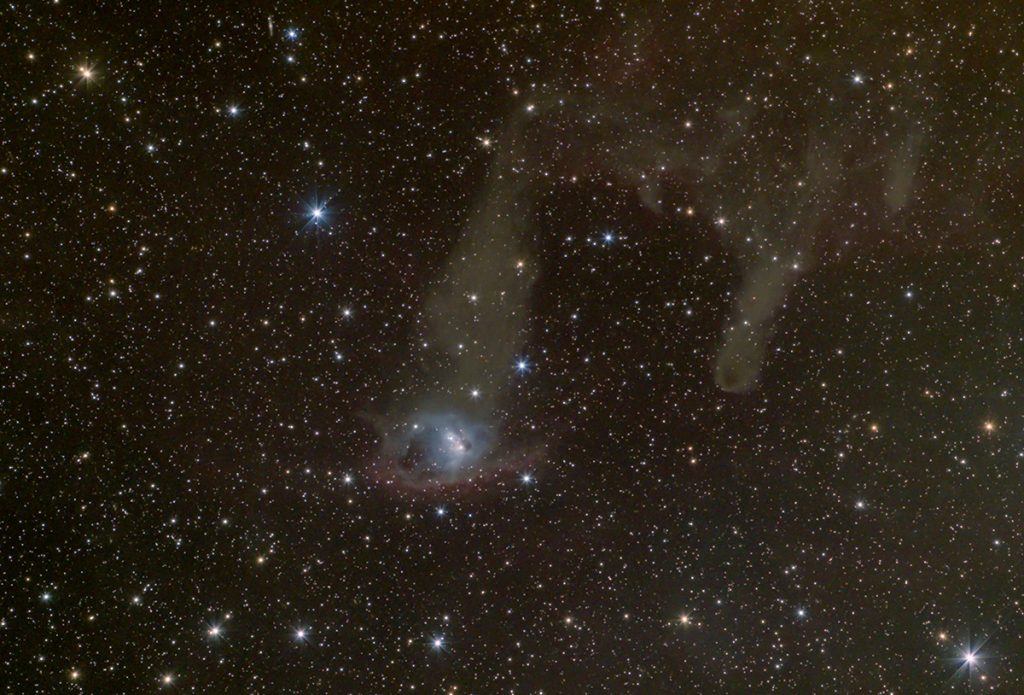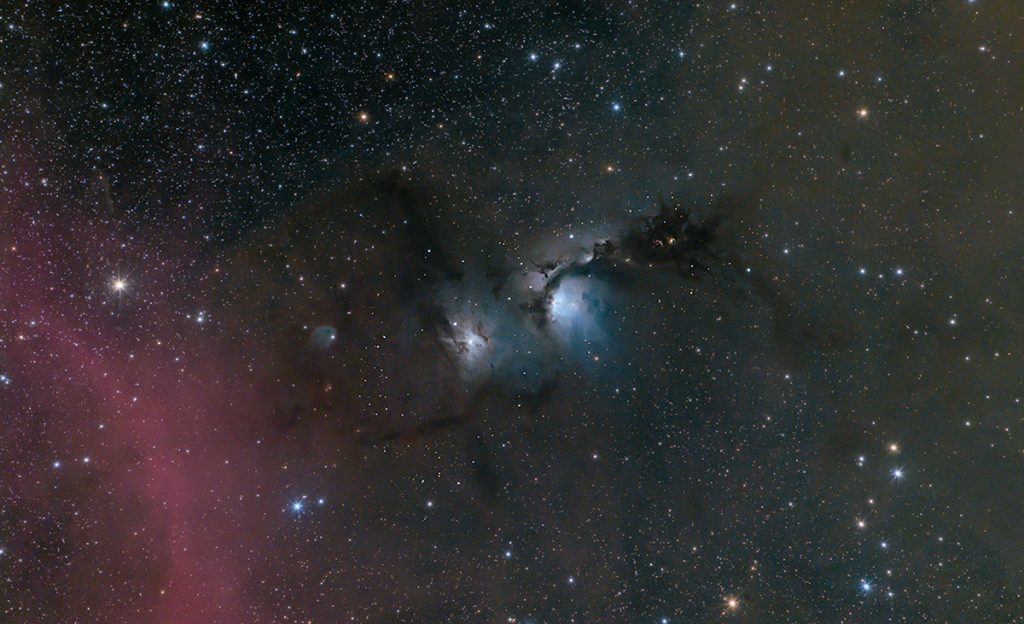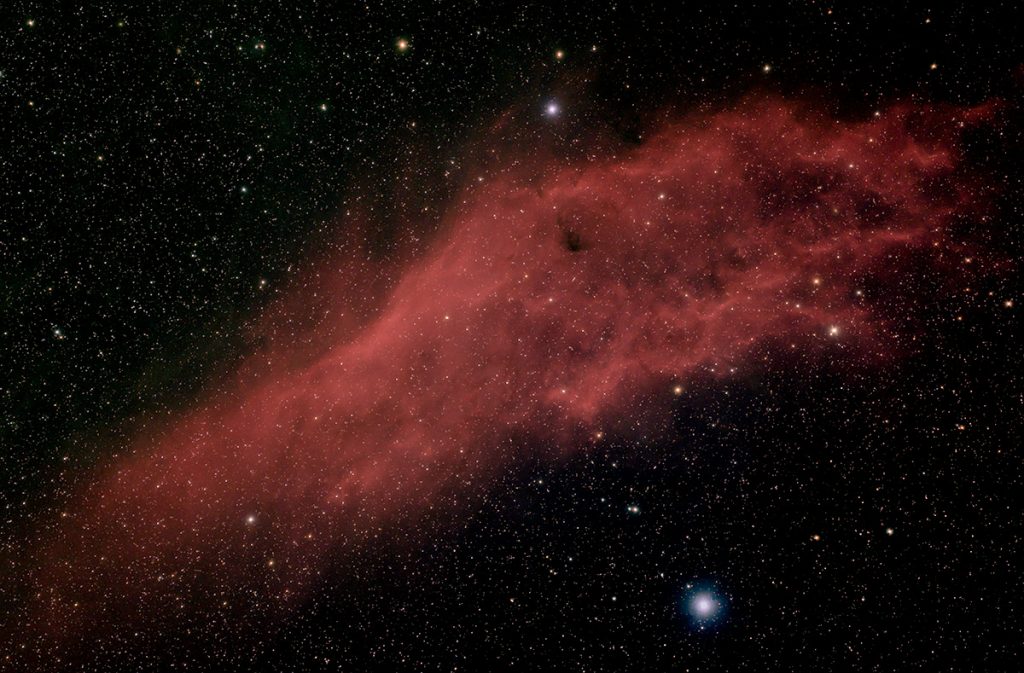I haven’t been taking many photos other than astrophography for a couple of weeks now. So, the new ones have just been sitting in the camera until today. It looks like I might have one or two more good nights for astrophotography then it is back to looking for birds or anything else that is interesting. It is beginning to feel like spring and apparently ducks feel the same way as some new species showed up today at the pond, including some Northern Pintails, Cinnamon Teal, and Gadwall. The question is: are they moving back north or moving south from the bitter cold? Looking at the weather back in South Dakota, I’m sure glad I’m here! Some of the desert vegetation is starting to green up now, but more rain is needed.










































